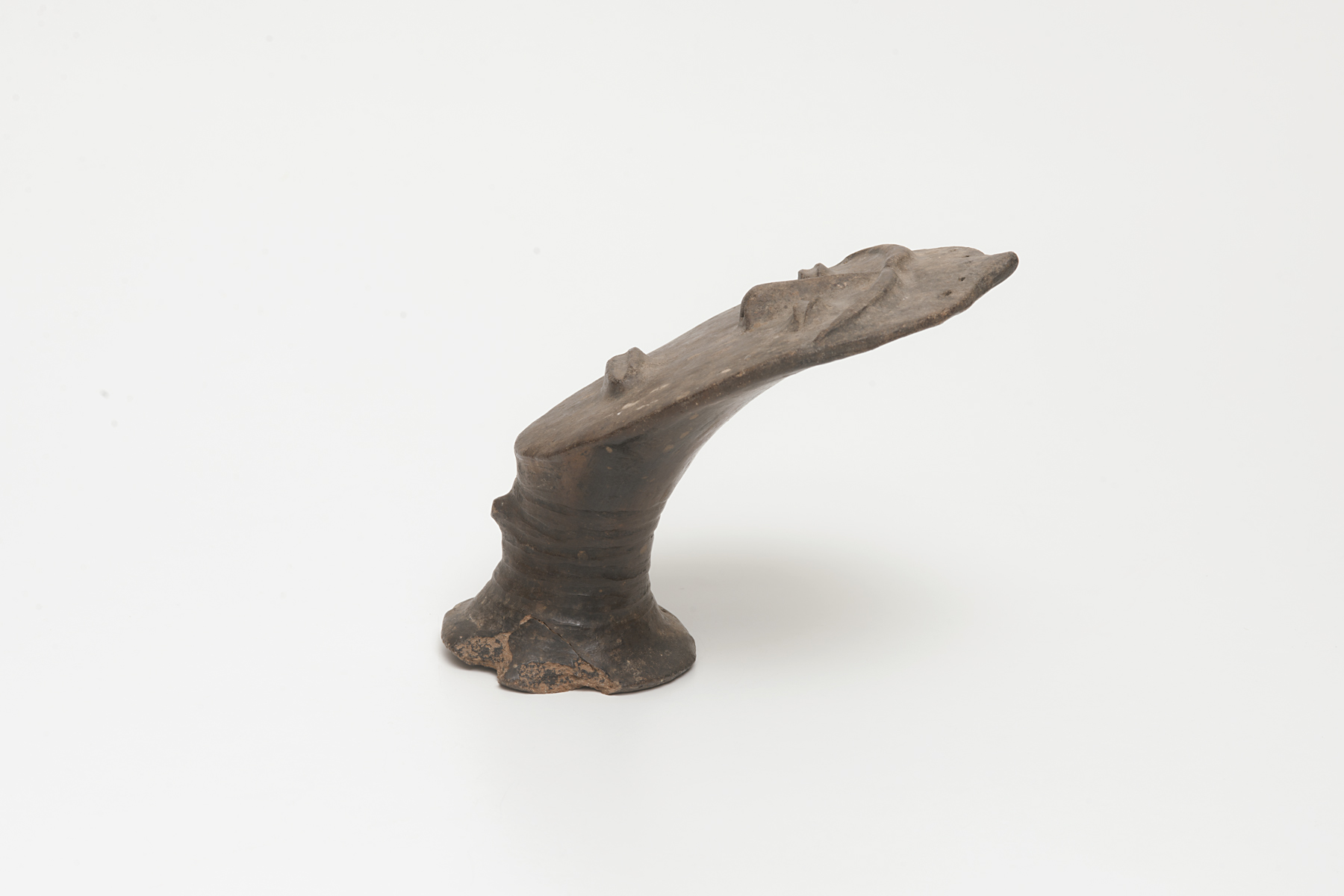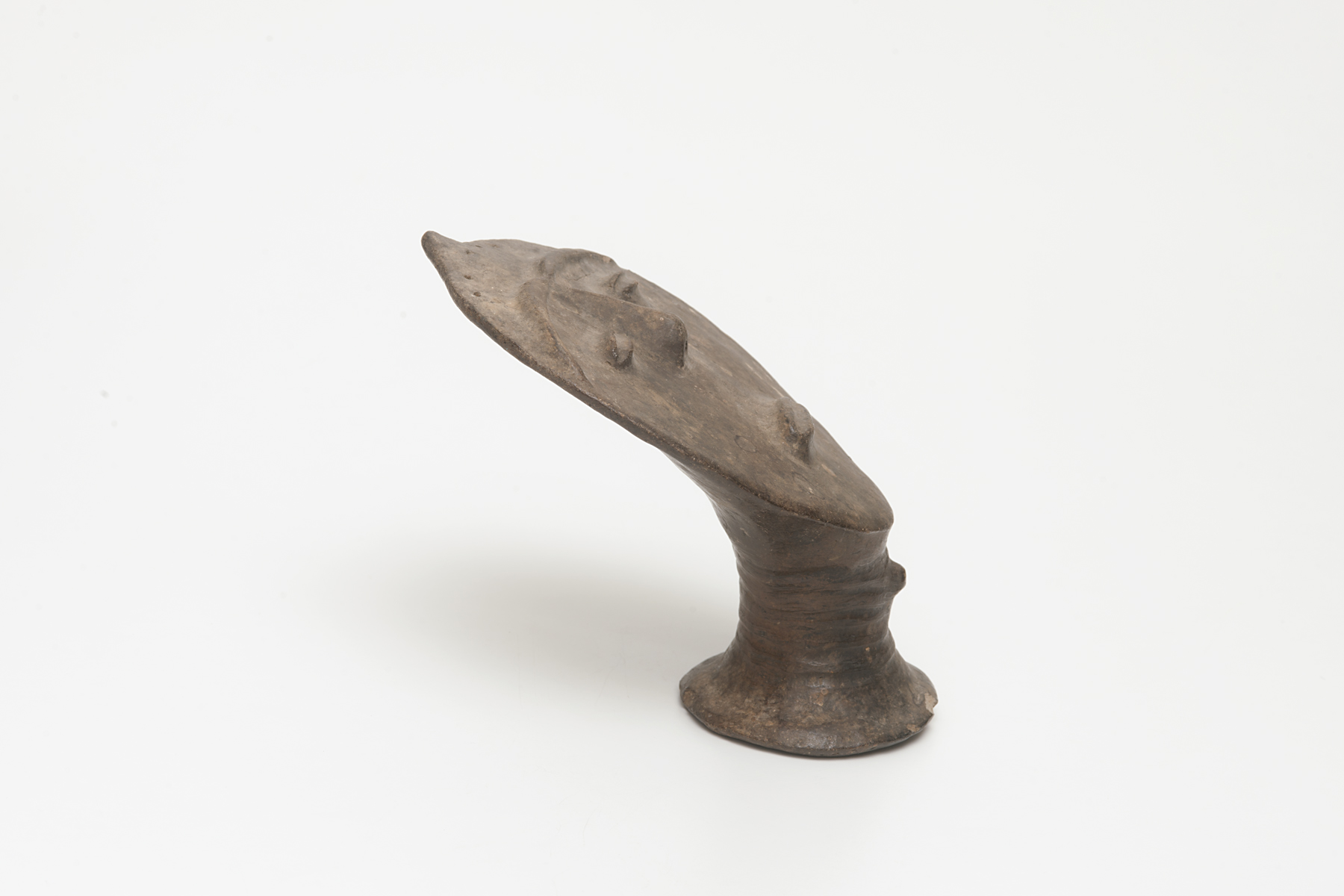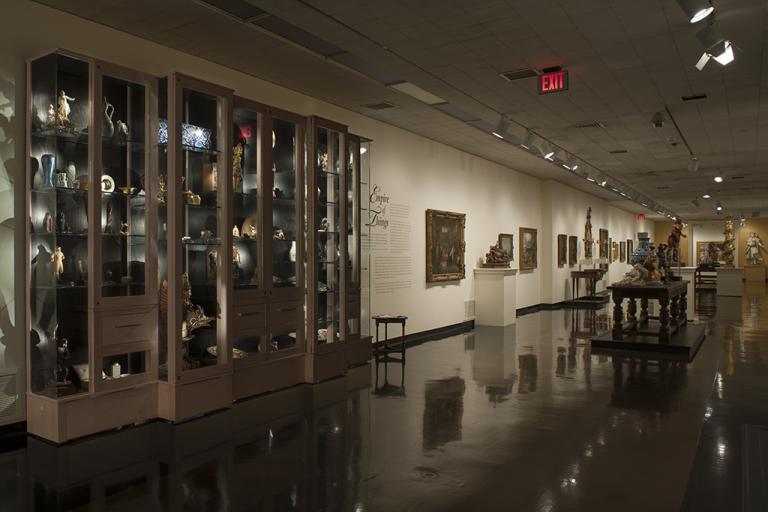nsodie (funerary portrait), unrecorded Asante artist
Artwork Overview
unrecorded Asante artist, artist
nsodie (funerary portrait),
1800s
Where object was made: Ashantiland (present-day Ghana)
Material/technique: ceramic
Dimensions:
Object Height/Width/Depth (Height x Width x Depth): 15.5 x 13 x 19 cm
Object Height/Width/Depth (Height x Width x Depth): 6 1/8 x 5 1/8 x 7 1/2 in
Object Height/Width/Depth (Height x Width x Depth): 15.5 x 13 x 19 cm
Object Height/Width/Depth (Height x Width x Depth): 6 1/8 x 5 1/8 x 7 1/2 in
Credit line: Gift of Larry W. Welling
Accession number: 2007.2875
Not on display
If you wish to reproduce this image, please submit an image request








